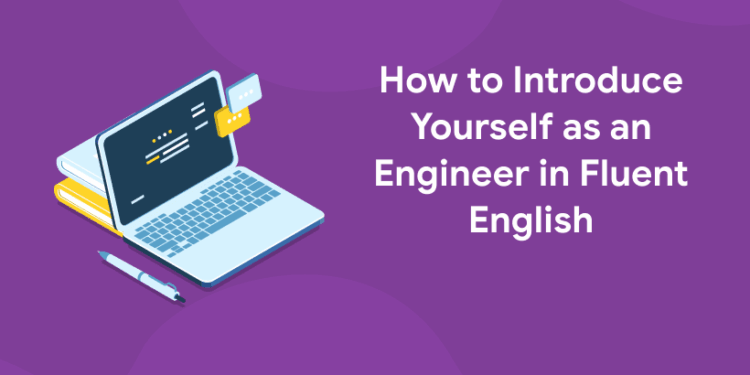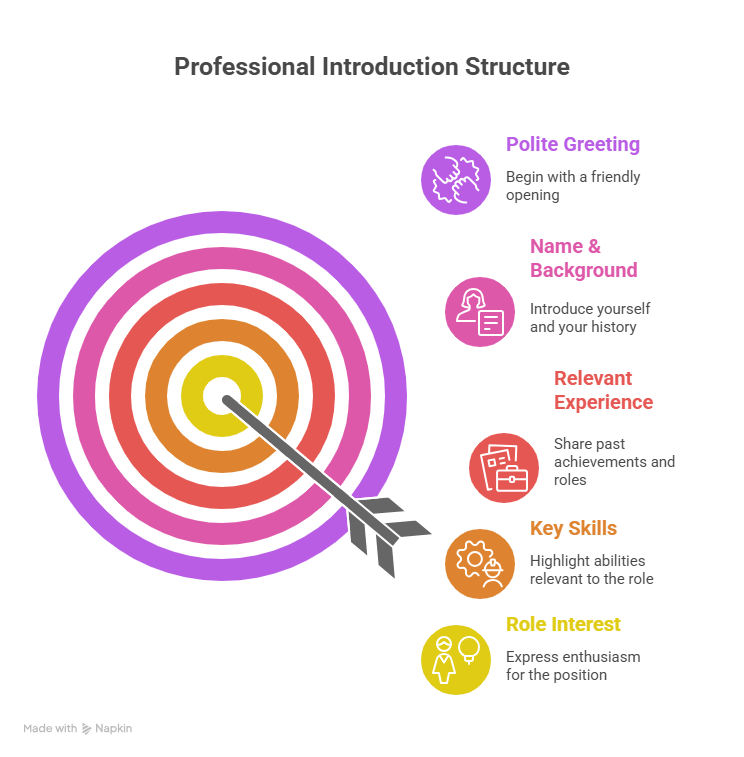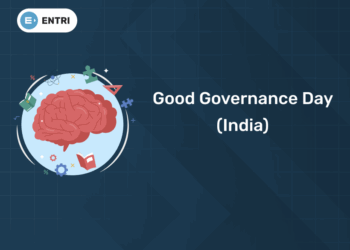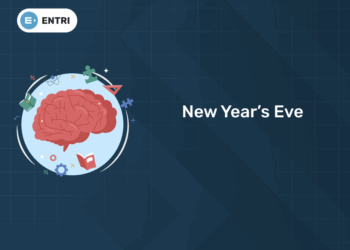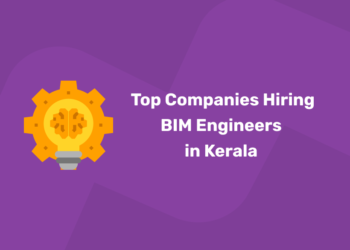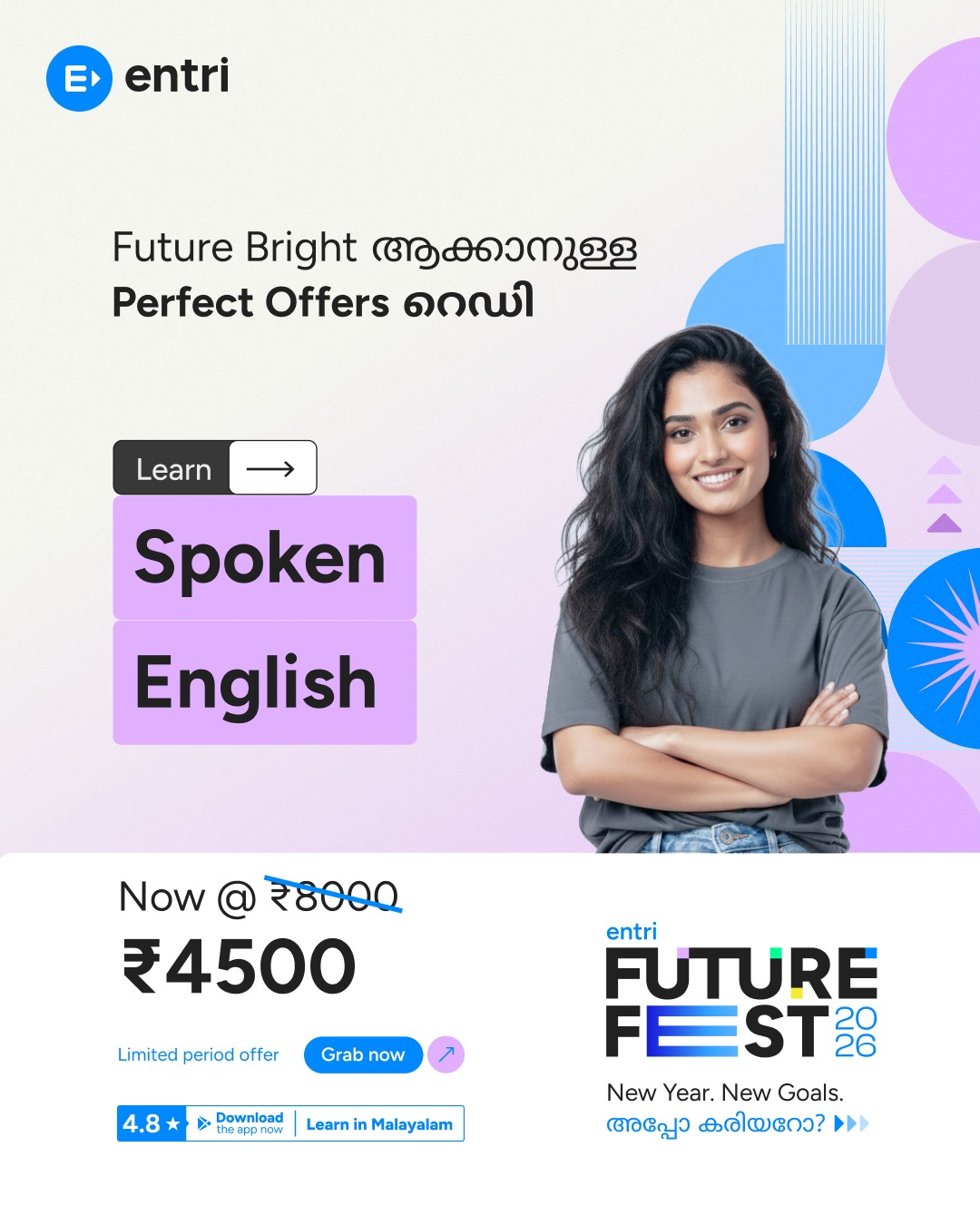Table of Contents
Making a good first impression is crucial to landing your first (or next) position as a planning engineer. A strong self-introduction sets the tone for the entire interview, but many candidates undervalue its importance. A confident, succinct, and polished introduction can draw the interviewer in right away and demonstrate your fit for the position.
In this piece, we will dissect Crucial components of an effective self-introduction, typical errors to prevent, an example that junior planning engineers can utilize right away, Effective Practice Techniques for Planning Engineers.
Why Your Introduction Matters in a Planning Engineer Interview
In a matter of seconds, interviewers make their initial impression. Your opening statement need to:
- Display your credentials, including your training, licenses, and abilities.
- Emphasize any related experience, like as projects, internships, and software expertise.
- Exhibit passion for the position and business.
- Keep it brief and organized (no more than one or two minutes).
A strong introduction establishes credibility right away, while a bad one can give the impression that you are ill-prepared.
Key Elements of a Professional Introduction
1: Which of the sentences below is grammatically correct?
a) Start with a Polite Greeting
“Good morning/afternoon, Mr./Ms. [Interviewer’s Name]. Thank you for this opportunity.”
b) Your Name & Background
Give a brief overview of your education, years of experience, degree, and any pertinent certifications (such as PMP or Primavera P6 training).
If you’re seeking for a job as a junior, you’re still learning how to introduce yourself in a planning interview, therefore you want to emphasize your courses and certificates above your planning experience.
“I’m [Your Name], a recent graduate in Civil Engineering from [University], with a certification in Primavera P6.”
c) Relevant Experience
Concentrate on school assignments, internships, or freelance planning and scheduling-related activities.
Mention the primary tools you have used, such as Excel, Microsoft Project, and Primavera P6.
“During my internship at [Company], I assisted in developing baseline schedules using Primavera P6 and performed progress tracking for a residential project.”
d) Key Skills
Emphasize your soft (communication, teamwork) and technical (scheduling, risk analysis, Earned Value Management) abilities.
e) Why You’re Interested in the Role
Show you’ve researched the company.
“I’m excited about this role because [Company] has a strong reputation in infrastructure projects, and I’d love to contribute my scheduling skills to your team.”
Don’t stop there, though. Investigate your interviewers in greater detail. Check them out on LinkedIn and read about their positions, professional trajectories, and, if available, their most recent accomplishments or publications. In addition to helping you customize your responses, preparation boosts your self-esteem and sense of belonging throughout the interview.
They stop feeling like strangers when you know who you’re talking to. You feel more at ease and less anxious when you enter the room (or virtual call) with a sense of familiarity.
You might even reference this in your introduction:
“I noticed that you’ve been involved in several key proposals and major projects in the region, and I find that truly inspiring. It’s one of the reasons I’m excited about this opportunity. I’d love to be part of a team that’s driven by such experienced professionals.”
This kind of personalization not only shows respect and interest but also leaves a lasting impression. It tells your interviewer, “I didn’t just apply randomly, I’m genuinely motivated to be part of your team.”
f) Keep It Short
Keep your responses brief—longer ones run the risk of boring the interviewer.
Spoken English Course for Guaranteed Confidence and Career Growth
Spoken English Course by Entri App: Enhance your communication skills, gain certification, and boost your career with confidence.
Join Now!Common Mistakes to Avoid in a Planning Engineer Interview
- Rambling: Keep to the main ideas and omit extraneous details.
- Being too generic: Adjust your introduction to the job description.
- Sound robotic: Make it sound natural, but practice making it sound robotic.
- Forgetting to keep eye contact and smile—confidence counts!
Example of a Strong Introduction
“Good morning, Mr. Hany. I am grateful for this opportunity. I’m Ahmed Hassan, and I graduated from Cairo University with a Bachelor of Civil Engineering degree and a Primavera P6 certification. I helped create project schedules and monitor progress during my internship at XYZ Construction, where I also had practical expertise in resource allocation and delay analysis. I know how to schedule using Primavera P6 and Excel. I also understand the basics of Power BI. Your emphasis on major infrastructure projects, where I think my technological expertise may be useful, is what excites me about this position at [Company]. I can’t wait to work with and contribute to your team.
How to Practice & Improve
Record Yourself
Recording yourself as you practice your introduction is one of the best ways to assess your performance. You can evaluate your tone of voice, clarity, tempo, and general confidence by listening to the playback. Work on getting rid of any awkward pauses, filler words, or ambiguous wording. You may sound more polished and professional and greatly increase your awareness by using this self-feedback approach.
You can film yourself with your phone or by using websites such as Video Interview Bot, which provide a list of questions and a button that you can click to begin recording from your laptop or camera.
Conduct Mock Interviews
Practice with a mentor who is knowledgeable about the interview topic, a mentor, or even a coworker. Request that they act as your interviewer and offer you helpful criticism. By simulating an actual interview setting, you can become more at ease with standard questions and enhance your spontaneity and flow. Additionally, a practice interview lowers nervousness and increases self-assurance when dealing with different kinds of interviewers.
Focus on Your Body Language
Your message’s reception is greatly influenced by your nonverbal cues. Keep your posture open, sit up straight, and emphasize important ideas with your hands. Make eye contact, smile when appropriate, and look into the camera rather than the screen if the interview is being conducted online. These tiny cues can make a big difference and show that you are confident, approachable, and involved.
Learn from Real Interviews – Watch the Planning Engineer Interview Challenge
- See real-world examples of strong (and weak) introductions.
- Understand common interview questions for planning engineers.
- Learn how to structure your answers effectively.
Spoken English Course for Guaranteed Confidence and Career Growth
Spoken English Course by Entri App: Enhance your communication skills, gain certification, and boost your career with confidence.
Join Now!Final Tips for a Confident Interview
- Investigate the business. Learn about their recent news, values, and projects.
- Get your questions ready. Participation is demonstrated by questions like “What scheduling methodology does your team follow?”
- Remain composed and upbeat; it’s acceptable to feel anxious. Breathe deeply before speaking.
Conclusion
Stress that content should be tailored to roles because credibility is increased by appropriate background. Give compelling instances of well-structured interview openings at varying levels of experience. Emphasize nonverbal communication techniques like a firm handshake and eye contact. Talk on how important it is to be brief because lengthy introductions can bore the audience. Keep in mind that authenticity might be harmed by excessive rehearsal or memorization. Talkative in tone. Give readers confidence by presenting self-introductions as having an easy-to-follow technique that anyone can learn. Remember that introductions are “first impressions” and that making a good one is important!
Spoken English Course for Guaranteed Confidence and Career Growth
Spoken English Course by Entri App: Enhance your communication skills, gain certification, and boost your career with confidence.
Join Now!Frequently Asked Questions
How do you introduce yourself in English as an engineer?
- a) Start with a Polite Greeting. “Good morning/afternoon, Mr./Ms. …
- b) Your Name & Background. …
- c) Relevant Experience. …
- d) Key Skills. …
- e) Why You’re Interested in the Role. …
- f) Keep It Short. …
- Record Yourself. …
- Conduct Mock Interviews.
How do I introduce myself in fluent English?
What are 5 ways you can start your introduction?
- Start with a quotation.
- Open with a relevant stat or fun fact.
- Start with a fascinating story.
- Ask your readers an intriguing question.
- Set the scene.


